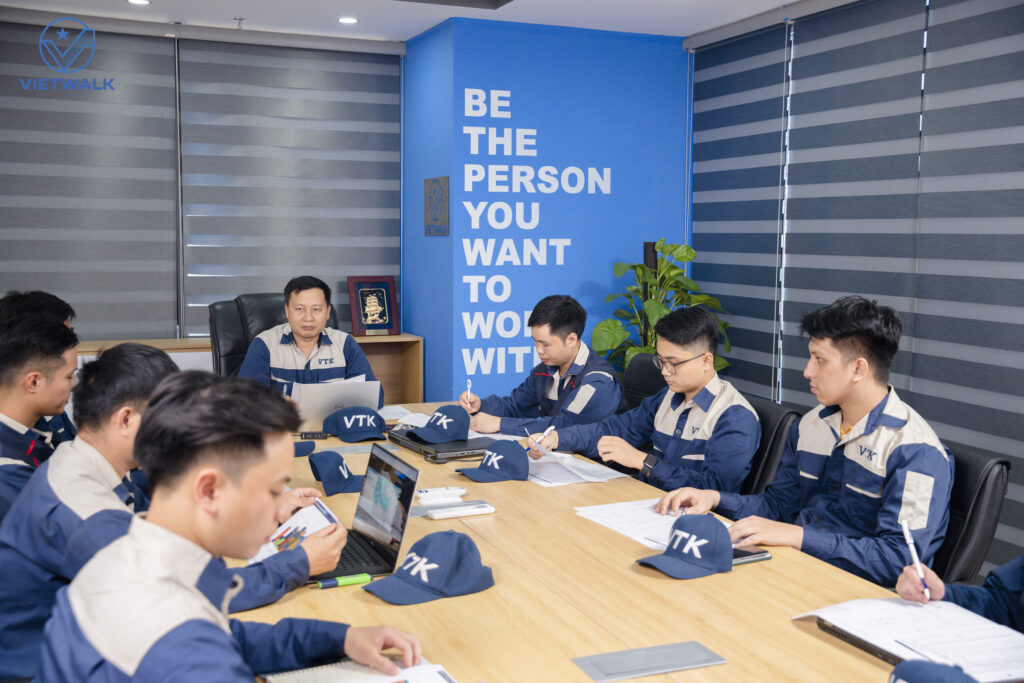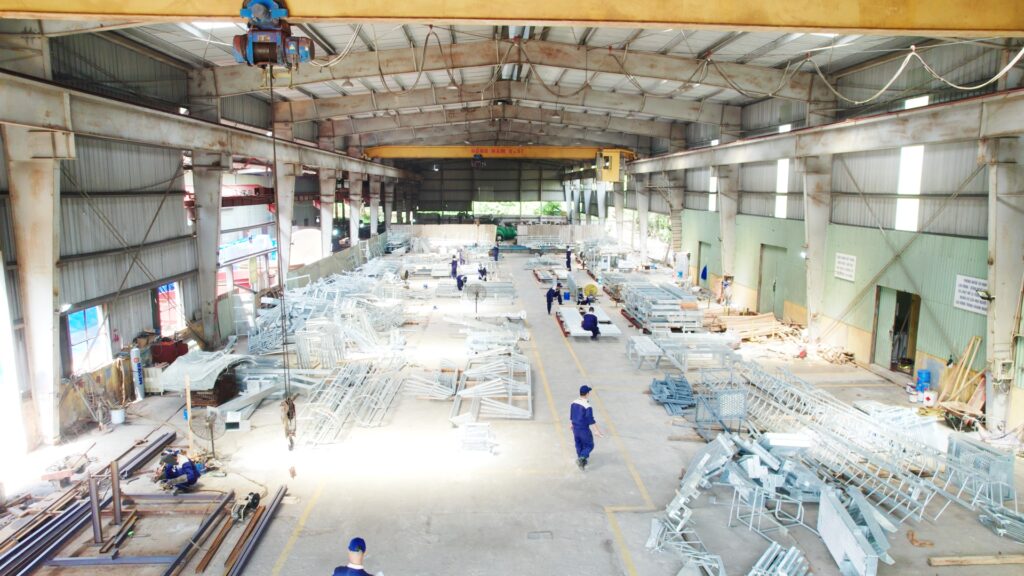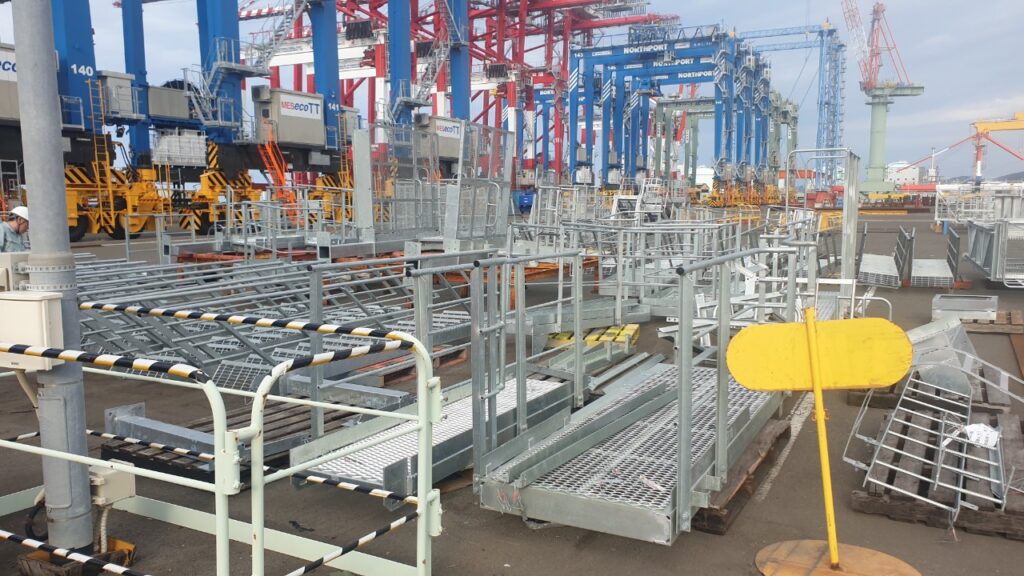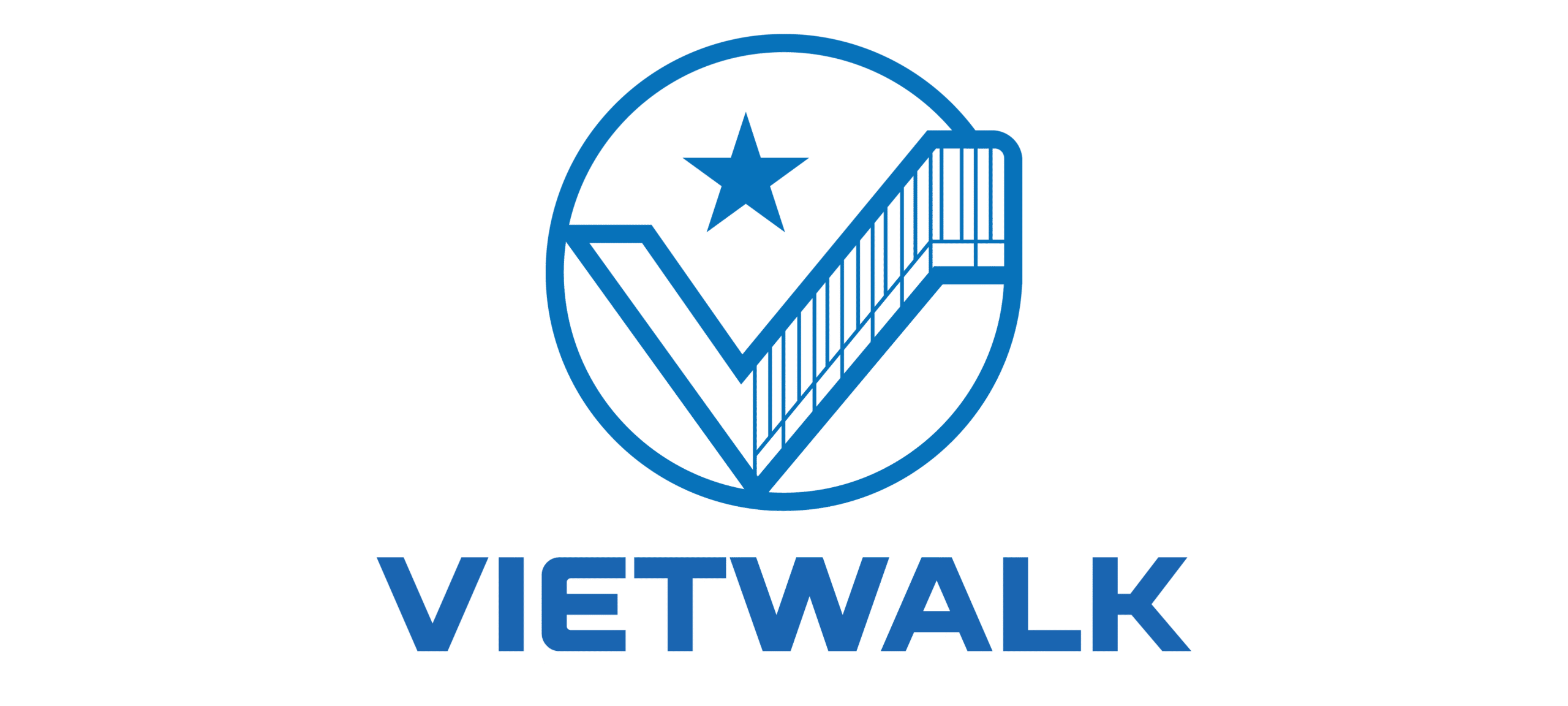“We don’t need a supplier — we need a partner who can understand our technical drawings from the very first time.”
That was the comment from a specialist at MITSUI E&S during a factory audit at Vietwalk in 2021. And from that meeting, a strategic partnership was born.
For manufacturers of RTG, PT, RMG and QC cranes — where every component is uniquely designed for each project — finding a structural supplier who listens and understands drawings is no small task. A mere 2mm deviation can render an entire handrail unusable. Auxiliary structures must meet the same standards of precision, durability, and corrosion resistance as the crane itself.

Vietwalk is one of the few mechanical engineering companies in Southeast Asia capable of meeting those standards. Not just because it operates a 5,000m² manufacturing facility or holds ISO 9001:2015 certification. But because Vietwalk’s team is experienced in interpreting international technical drawings, working with PLM systems, tracing material certificates by batch, and most importantly, collaborating technically with clients from the design stage.
They don’t ask, “What do you need?” They ask, “Here’s the drawing — where exactly will this be installed? Do you need mounting holes, QR codes, or a specific safety factor?” — That’s the mindset of a co-developer.

Vietwalk’s pricing isn’t surprisingly cheap, but always reasonable, optimized through semi-custom mass production, helping clients save up to 15% compared to fabrication in Europe or Japan.
What truly sets them apart is their control over timeline and packaging: from fumigated wooden pallets and batch markings to QR traceability — everything aligns with export documentation standards. That’s why they are part of the MITSUI E&S supply chain.
To us, Vietwalk is not just a supplier. They ensure that auxiliary structures are never a hidden risk in multi-million-dollar projects.

